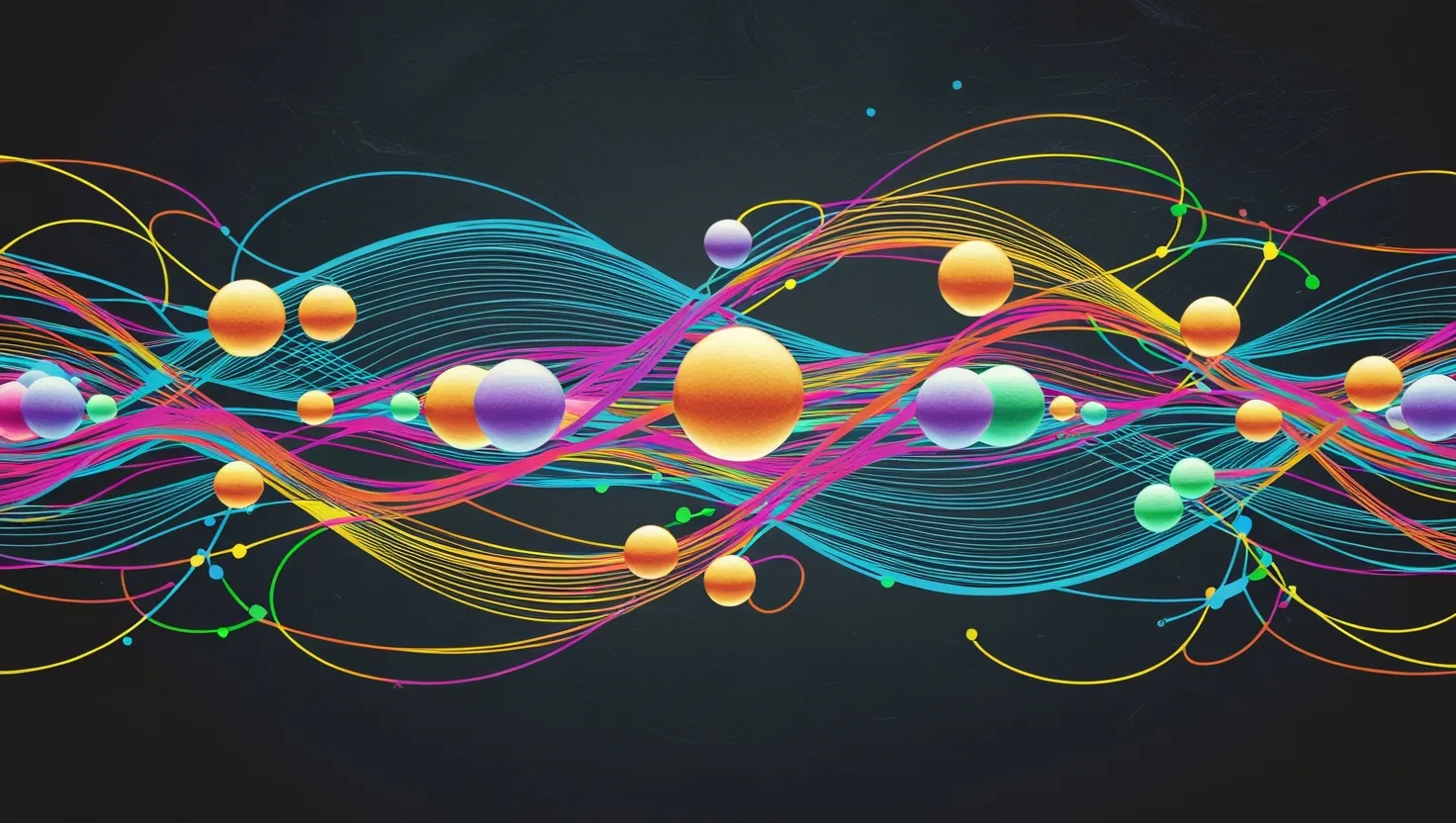Imagine starting your day not with a to-do list, but with a clear map of your energy peaks and valleys. Rather than forcing yourself through slumps or running headlong into burnout, you ride the natural waves your mind and body create. For years, I chased productivity through sheer will, thinking more hours at my desk would produce more value. But every effort to optimize my time failed until I paid attention to something more fundamental: my energy. If you’ve ever stared at a blinking cursor during a morning meeting or blitzed through creative work at a random hour, you’ve already felt the invisible hand of your personal energy rhythm at work.
What happens when we let our energy, not just our schedule, set the pace of our day? That’s the essence of energy mapping. This approach recognizes that your productivity isn’t a straight line—it’s a tide that ebbs and flows, and learning to read it can make the difference between feeling spent at noon or hitting your stride when it matters most. Let’s dive into five practical techniques for mapping and harnessing your energy for genuine, sustained performance.
The first step is simple but easily overlooked: track your natural energy highs and lows across a typical week. Carry a notebook or use a phone app, and mark down, hour by hour, how you feel—sharp, foggy, restless, drained, or somewhere in between. After several days, patterns emerge. Maybe your focus comes alive in the late morning or you hit a slump after lunch. Perhaps evenings spark creative ideas, or early afternoons always feel sluggish. These patterns are your biological productivity rhythm—not dictated by clocks or calendars, but by your own body and mind.
“Know thyself.” — Socrates
When you identify these patterns, ask yourself: Which activities came easily during your high-focus times? Which felt like wading through mud? Not all tasks are created equal. The mistake most of us make is treating all hours as equally valuable. Instead, match specific tasks to your energy zones. Slot your most creative or demanding work into your high-energy windows. Reserve repetitive, administrative, or routine chores for the troughs. You’ll be surprised at how much less effort it takes to finish difficult tasks when you give them your best brainpower, and how easy it becomes to cruise through checklists when the stakes are lower.
Have you ever noticed how some people seem to recharge instantly during a packed day, while others spiral downward, losing clarity with every passing hour? The secret isn’t superhuman stamina—it’s using rapid recharge methods. I routinely keep a toolkit of 3-to-5 minute resets: a brisk walk around the block, a few deep, slow breaths, or a stretch by my desk. Science shows even these brief breaks, when done intentionally, can refresh your mind, reverse fatigue, and restore focus. The key is to deploy these resets before important work or whenever you feel your grip on clarity start to slip. It’s not the length of the break but the quality and fit for your needs that make all the difference.
“Almost everything will work again if you unplug it for a few minutes, including you.” — Anne Lamott
If you want to dive into sustained deep work, nothing helps more than a pre-work ritual. Athletes warm up; musicians tune their instruments. What’s your mind’s warm-up routine? I developed a short sequence: making tea, clearing space on my desk, putting on my favorite playlist, and reviewing the one thing I want to accomplish. It tells my brain, “Now we focus.” Rituals work like signposts, signaling your mind to transition from distraction to engagement. The precise actions don’t matter as much as consistency. Find cues that work for you and repeat them until they become second nature.
So, how do you know if all this mapping is actually working? Start with an energy tracker. Every couple of hours, pause for a moment and rate your energy on a simple scale, say, 1 to 5. Log what you’re working on at that moment. Over a week or two, you’ll discover not just when you’re at your best, but which activities or people drain or restore you. Is that daily Zoom call leaving you flat? Does a quick morning jog set you up for a productive afternoon? This data becomes a feedback loop, allowing you to adjust your schedule and strategies with precision rather than guesswork.
Let me share something you might not expect: these energy mapping techniques don’t just optimize work—they change the texture of your days. Perhaps you notice a burst of creative energy that’s never been tapped because you’ve always saved important work for the end of the day. Maybe you realize you’re running on autopilot during certain meetings and can reschedule them. Over time, mapping your energy creates a subtle but profound shift. You stop measuring your day by clocked hours and start measuring by value delivered, engagement felt, and satisfaction gained.
“Energy and persistence conquer all things.” — Benjamin Franklin
What about those days when your energy map goes sideways? Life is rarely predictable. Here’s where these techniques shine: the map is a guide, not a cage. The more you understand your rhythms, the easier it is to adapt when, say, an urgent deadline falls in a typical slump. You can prepare with a recharge, leverage a ritual, or swap tasks to match your altered state. This flexibility makes you more resilient, not less.
Have you tried tracking your energy? If so, what was the most surprising discovery? For some, it’s realizing their “productive” hours are actually their least effective. For others, it’s noticing how social interactions or certain foods impact their focus. Everyone’s map is unique, and therein lies its power—no one-size-fits-all template, just a process of feedback and adjustment.
One unconventional perspective I’ve gathered from years of experimenting is that energy lulls are not enemies to be eliminated. In fact, they can be periods of essential rest, creativity, or even insight. Some of my best ideas have come during a relaxed walk after a low-energy lunch, when my conscious mind was least involved. Rather than fight these troughs, acknowledge them and see what they offer—sometimes, the mind needs a break to connect dots and solve problems in the background.
“If you don’t prioritize your life, someone else will.” — Greg McKeown
The culture of always-on productivity is deeply ingrained, yet so many high achievers swear by discipline not in doing more, but in doing less, better. Mapping your energy is, at its heart, an act of self-respect. It’s a way to design your work and life in alignment with your own biology, rather than bending yourself to fit arbitrary expectations. The result? Not just more output, but better output, with more clarity and less frustration.
Are you ready to treat your energy as your most precious asset, rather than time? Experiment with these techniques for a week and watch what changes. I have a hunch you’ll find that the magic isn’t in adding more hours or hustling harder, but in finally working with, not against, your own natural rhythm.
“The key is not to prioritize what’s on your schedule, but to schedule your priorities.” — Stephen R. Covey
In the end, the greatest productivity isn’t about squeezing in more tasks, but about showing up fully, with all your cognitive tools sharp and your energy aligned. Energy mapping isn’t just a productivity hack—it’s a philosophy that honors the way you truly work best. Give yourself permission to map, match, recharge, ritualize, and track. Your best work is waiting on the other side of your own unique rhythm.






